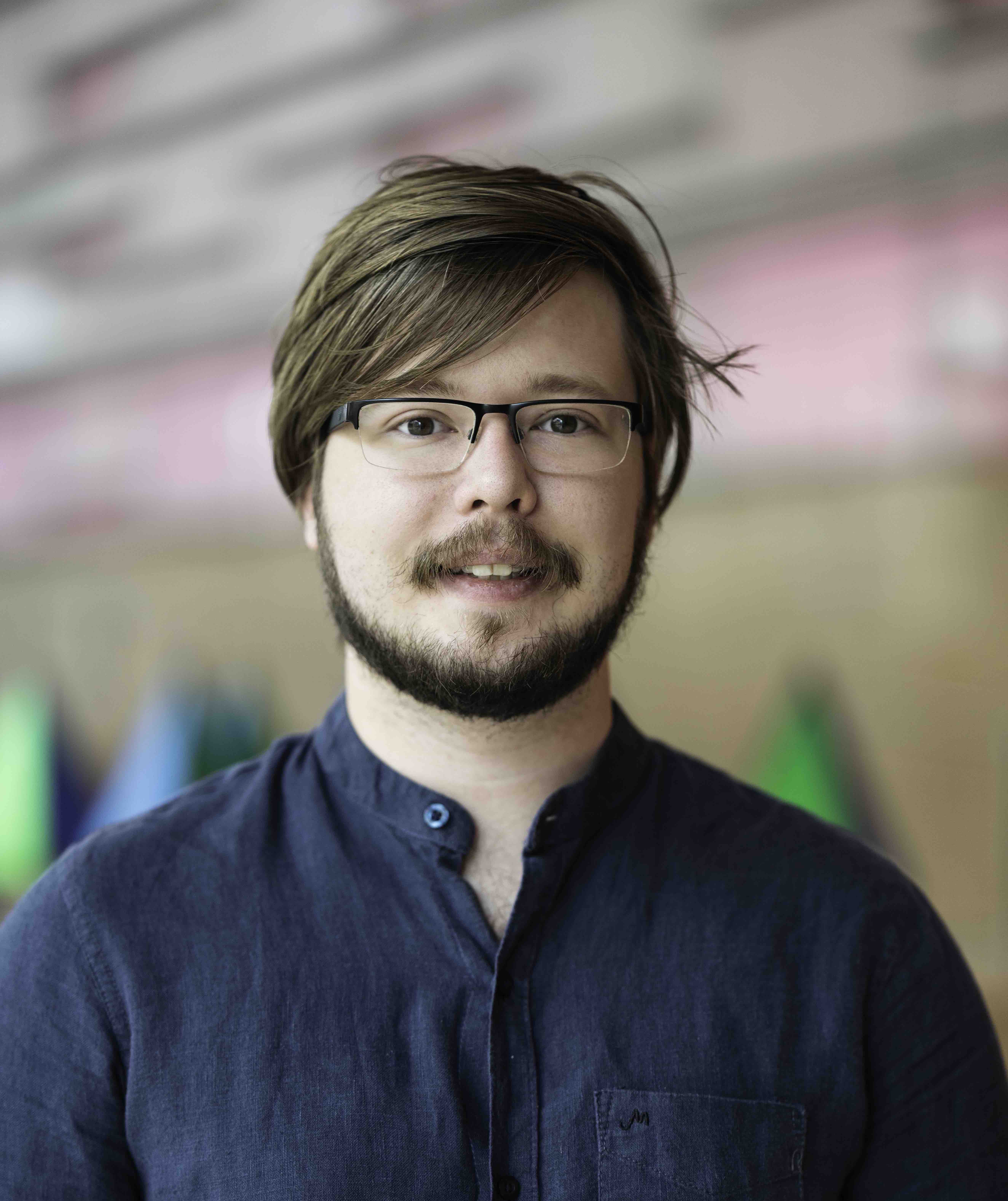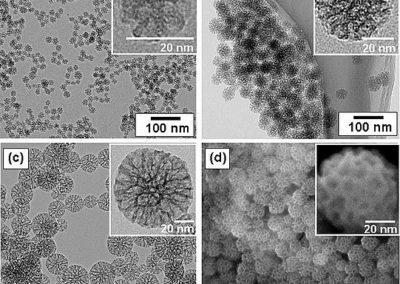
Fedor Getman
PhD Student
Fedor completed his bachelor and master degree at Pisa University with a thesis on THz Near-field microscopy at National Enterprise for Nano-Science and Nano-Technology (NEST) of Pisa. He participated in organizing and teaching multiple stages addressed to high school students for preparation of the math and physics Olympiads.
Fedor joined primalight in January 2018. Fedor’s research focuses on fabrication of nanostructures for wavefront engineering and optical neural networks
email: fedor.getman@kaust.edu.sa
location: building 1, level 4, 4200-SW38


